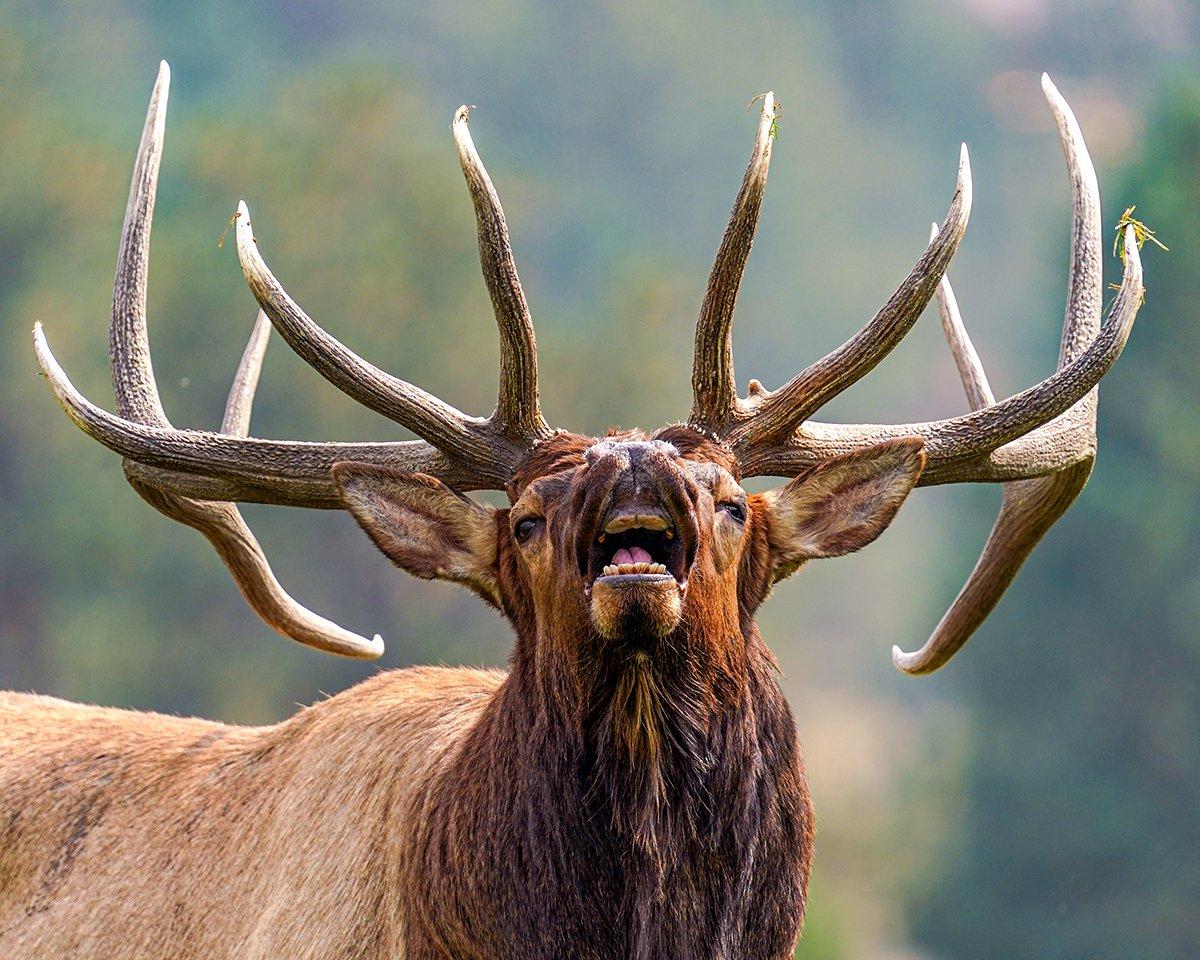The tragedy took place Sept. 17 in the San Juan National Forest in southwestern Colorado
On Friday, Sept. 17, Ronald Morosko was elk hunting in the San Juan National Forest near Rico, Colorado, with his partner, Slade Pepke. Both men, of Pennsylvania, were hunting with muzzleloaders. At the same time, Gregory Gabrisch, of Houston, Texas, was in the same area, also elk hunting, but with a bow.
As reported in the Durango Herald, Morosko mistook Gabrisch for an elk, fired his muzzleloader, and killed him. Morosko was subsequently arrested on suspicion of criminally negligent homicide, which is a Class 5 felony punishable by up to three years in prison and a $100,000 fine. He was jailed, but posted bond and was released.
How does a tragic incident like this happen? In an affidavit by the Dolores County Sheriff, Morosko and Pepke said they were set up on bugling bulls. Pepke was calling, and he told Morosko to get set up for the shot ahead of him. They heard bugling and antlers scraping brush, and were sure a bull was on the way. Written in the affidavit: When he saw white in the pines, he took a shot at what he thought was an elk. It was only after reloading and checking that Morosko realized he'd killed Gabrisch.
This story scared me to the core, for a few reasons. I've hunted the San Juan, not far from where the incident happened, several times, both with a bow and with a muzzleloader. It's where I killed my first elk. Bowhunters there can get tags over the counter. Muzzleloader permits are limited entry, but not difficult to draw with a preference point or two. It is classic dark timber elk hunting in straight-up rugged country. Many go it on horseback with wall tents. Lots of elk live there, but being an OTC area, it gets heavily pressured, particularly during the heat of the rut in mid-September.
But it hit home even deeper than that. On Thursday, Sept. 16 — just a day before the incident happened — I was myself hunting in Colorado with a muzzleloader. While chasing mule deer near Craig, about 290 miles north of Rico that morning, my last day of the hunt, I glassed up a fine buck on some BLM ground. I parked my truck in a drainage, and made a wide circle around a ridge to get within range. I crawled up behind a sage bush on the ridge peak for a look and sure enough, I could see the buck's forks working their way down the next ridge, maybe 100 yards away. One more little adjustment, I thought, would have me set up for an easy shot.
I crab-crawled back, below the sight line, and started to make my move. But as I did, I heard the pounding of hooves, near where I'd just seen the buck. Deer were running. No way I spooked him, I thought to myself. I crawled ahead, following through on my plan, but the buck didn't show. A few minutes later I caught movement in the sage maybe 150 yards away. Was that him? I pulled up my binos, and there was a bowhunter, wearing full camo and glassing back at me. Maybe he spooked the buck, or maybe I did — but the fact is, I had no clue that guy was there, and that was in wide-open, high-desert country, where you can literally see for miles. In the San Juan, you're lucky to see 70 yards in any direction.
For years, I've found Colorado's hunter orange requirements to be unusual. In most states I've hunted, if a big-game gun season is open, everyone in the woods, even bowhunters, is required to wear blaze orange. It would seem to be a simple safety precaution. But it's not like that in Colorado. Gun hunters are required to wear 500 square inches of solid daylight fluorescent orange or pink. Bowhunters, even when hunting during gun seasons, don't have to wear any orange at all.
To be clear, I'm not at all saying that was in play here, or that it in any way excuses Morosko's carelessness. Being 100% positive of your target and what's beyond it before shooting is Hunter Safety 101. A legal bull elk in Colorado must have at least four points on a side, too — and that's not something you can determine when you're shooting at flashes of white in the pines.
The Colorado Parks and Wildlife says that incidents like this are extremely rare. In the 20 years since Hunter Ed laws have been enacted, such accidents have declined by 57%. Moreover, archery seasons have overlapped with muzzleloader and rifle seasons for years.
Still, it shouldn't take many situations like this to make an adjustment. Where hunters are chasing rutting elk in thick cover on public land, with guns, it's probably a good idea for everyone involved to wear some blaze orange.








